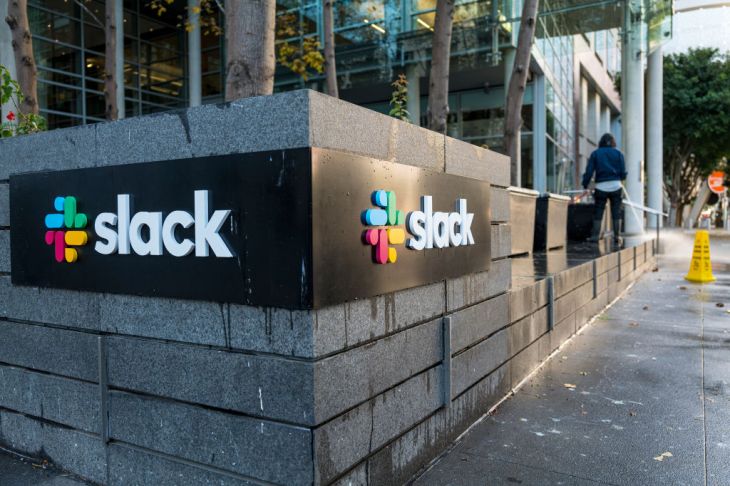Slack evolved over time, just like other software, introducing a ton of new features including workflows, canvas, and huddles. However, it makes sense to evaluate prior design choices for any product that is more than ten years old with all of those new additions. This is especially true for enterprise communications tools that are now a part of the Salesforce ecosystem.
To achieve this, the firm today unveiled a significant redesign that includes a specific tool to manage direct message threads as well as basic improvements that make it simpler to identify what information is pertinent to you and your position.
According to Noah Weiss, chief product officer at Slack, the product has changed, and the product team wanted the interface to more accurately reflect the product’s current state.
“We’ve added a lot more tools and capabilities into the core Slack product that really has evolved from being a collaboration tool to a full-fledged productivity platform,” Swagenews gathered from Weiss.
The issue is that the interface hasn’t kept up with making those features available and simple to access, therefore the product team decided to address it with a fresh interface redesign.

Beyond the tool problem, the company works with ever-larger enterprises that have thousands of users on the platform, particularly as part of Salesforce. Slack wanted to make it simpler to surface the information that is crucial to a particular employee or team because it has grown more difficult to do it at this scale.
Also, see:
China’s draft measures demand ‘individual consent’ for facial recognition use
Tesla CFO, ‘Master of Coin’ Zachary Kirkhorn steps down
In light of this, one of the main design principles was to consolidate a lot of the data that was previously organized in lists. You may access all of your DMs in one place, for example, by clicking the DMs button in the new UI. You can communicate with all of your DMs in a single window, which is a significant improvement over the previous method.

Beyond the tool problem, the company works with ever-larger enterprises that have thousands of users on the platform, particularly as part of Salesforce. Slack wanted to make it simpler to surface the information that is crucial to a particular employee or team because it has grown more difficult to do it at this scale.
In light of this, one of the main design principles was to consolidate a lot of the data that was previously organized in lists. You may access all of your DMs in one place, for example, by clicking the DMs button in the new UI. You can communicate with all of your DMs in a single window, which is a significant improvement over the previous method.

Additionally, you may view all of the messages relevant to your work on the Activity page without having to hunt for them. You can easily see the work that is pertinent to you thanks to this.
You can choose to mark one of those items as something you wish to attend to later. After doing so, visit the Later tab to view all of the tasks you put off in one location. The goal is to streamline the workflow once more.
Access to canvases, processes, and connected enterprise apps is provided by the More button.
Finally, you may use the magnifying glass symbol to search and the + button to add a new message, canvas, huddle, or channel.
The company wants to future-proof the platform with an eye on generative AI, Weiss added, understanding that AI will be crucial in assisting users in finding and summarizing the platform’s expanding body of material.
“There are 2500 apps in the Slack App Store, and all of your first party tools, if you’re a large enterprise, get integrated into Slack and get combined with all of your conversations which happened in channels, and suddenly you’ve got this amazing knowledge repository that builds up naturally over time. A lot of these generative AI capabilities will allow you to then have a much more conversational approach to unlocking the knowledge that’s inside Slack,” he said.
Although the organization is starting to implement these changes right now, it might be a while before you start to notice them. Weiss emphasizes that your plan will determine the changes you experience.


















